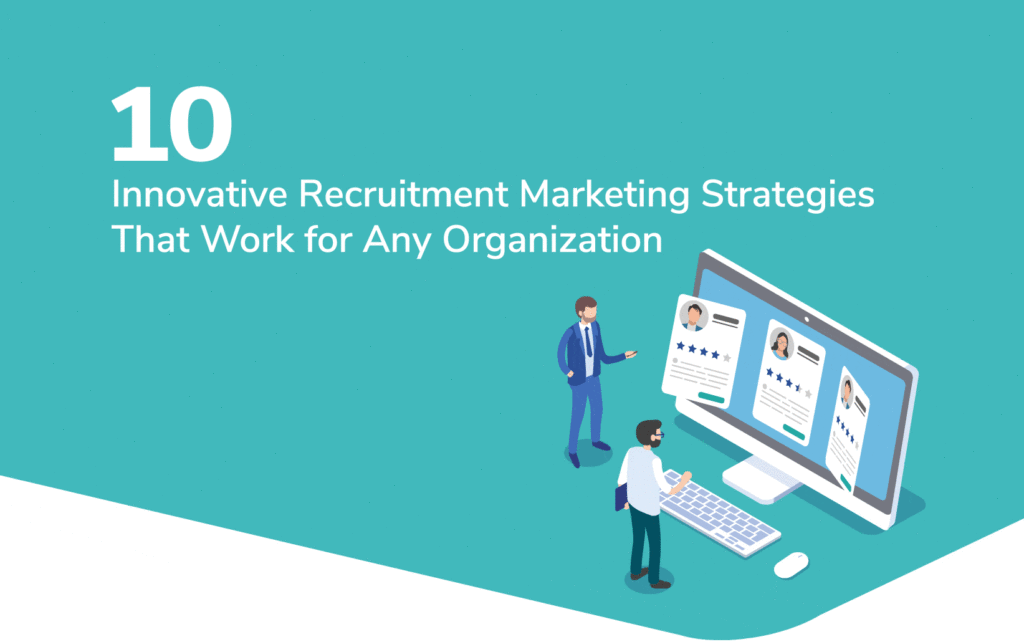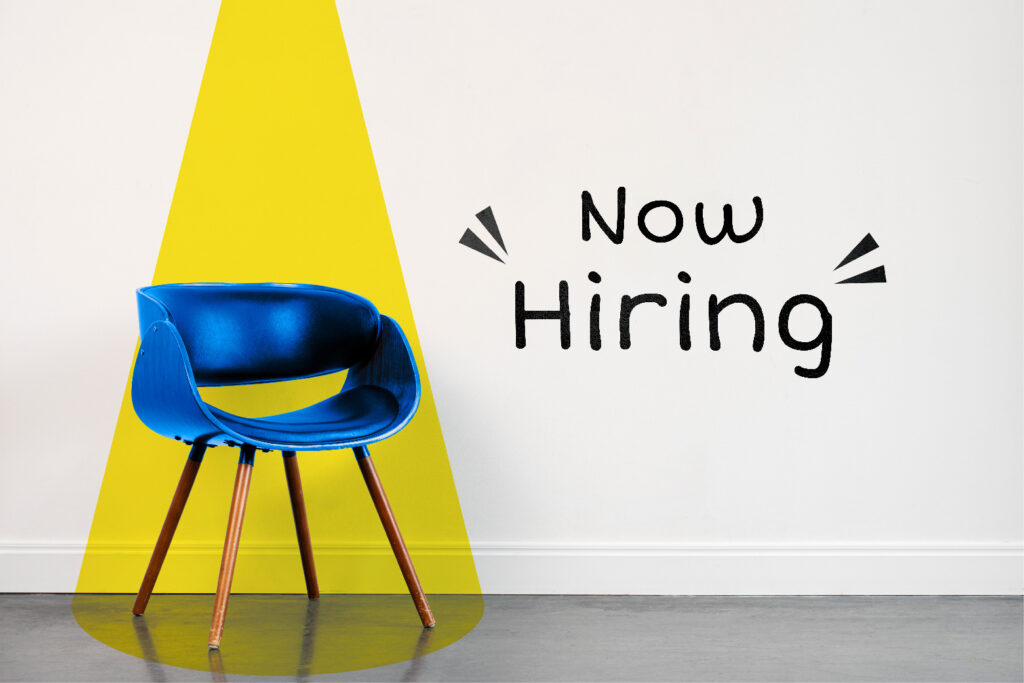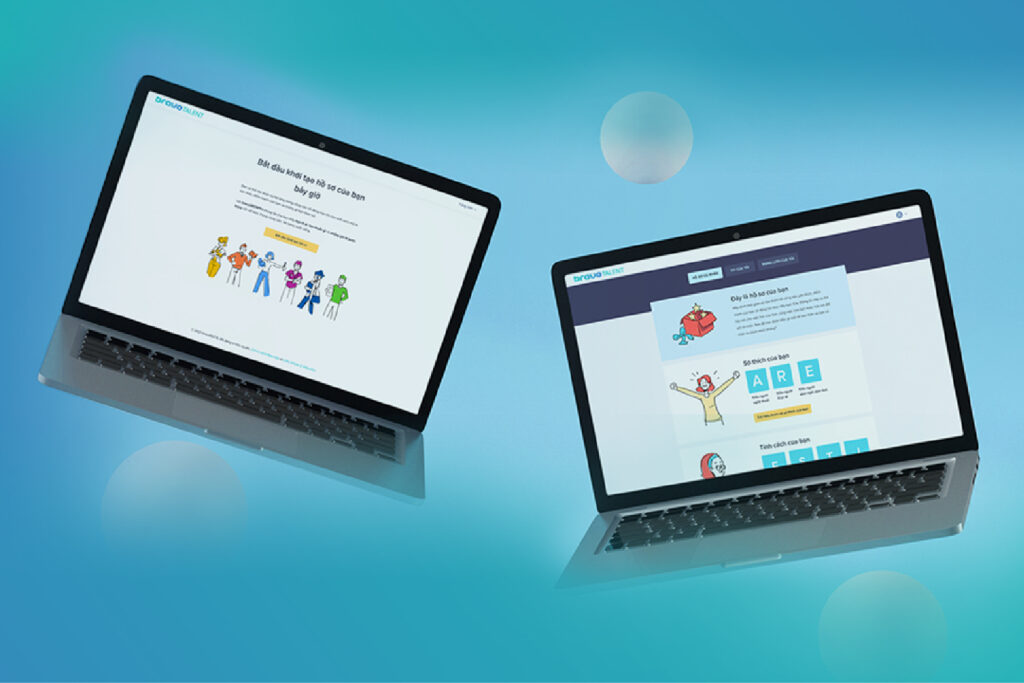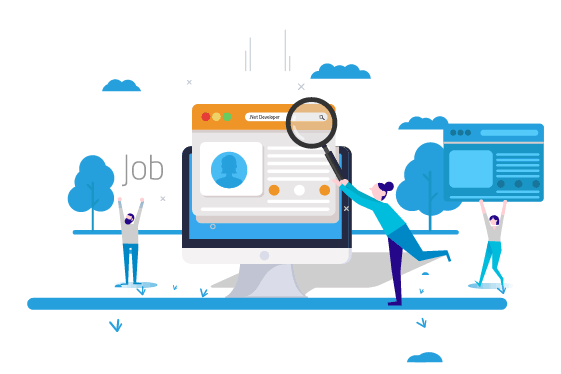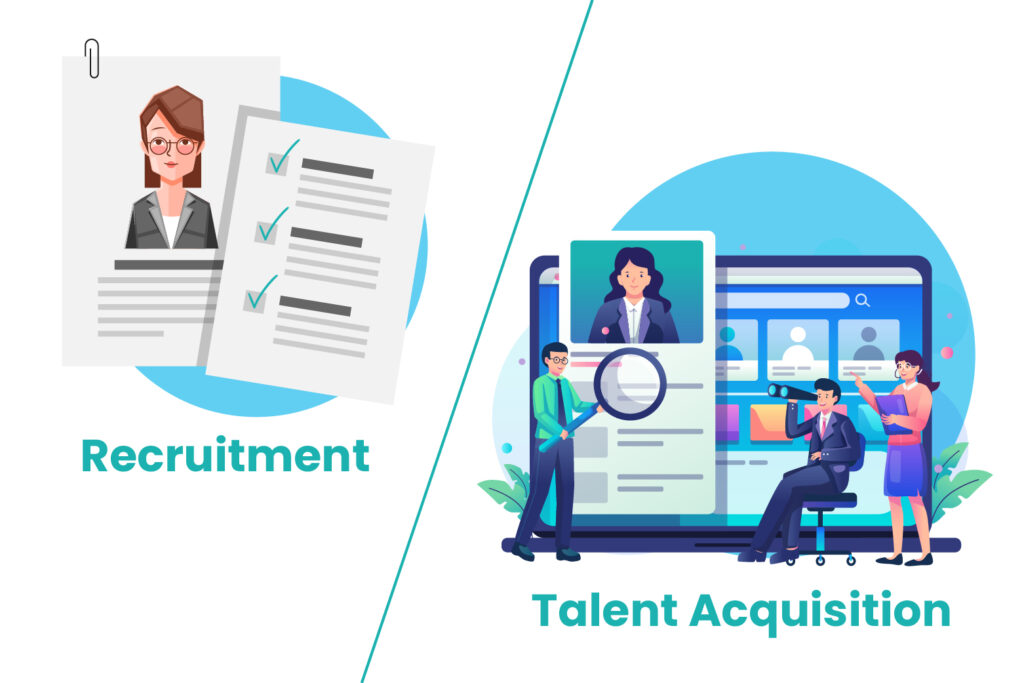As human beings, it is only natural that we have a need to belong. Modern employees, particularly, increasingly want to feel belong and want to build meaningful connections at work. According to Harvard Business Review, if workers feel like they belong, the turnover risk drops by 50%.
How do you make employees feel like they belong? The answer is by keeping them engaged. This article will guide you through the importance of employee engagement and provide you with some transformational employee engagement ideas.
What Does Employee Engagement Mean?

The definition of the phrase “employee engagement” varies depending on who you ask. Some would claim that it refers to eager, happy, and content employees in their work, while others adamantly assert that it refers to how active your employees are in projects and company-wide activities.
In general, employee engagement refers to workers who are dedicated to their objectives. They value their organizations. In other words, engaged staff participate not just because they are required to do so, but because they have an emotional investment or ambition in assigned projects.
Why You Should Care About Employee Engagement Ideas?

Numerous studies have shown the major benefits of employee engagement. Let’s go through each of them thoroughly to make the best use of employee engagement activities.
Higher retention rate
You get to keep the best people when you engage your employees the right way. Turnover costs can be a real headache, and having to go through the hiring cycle often disrupt team progress. However, with engaged employees, this should no longer be a problem. After all, it would not make sense for a happy and satisfied worker to look for a new job elsewhere.
Therefore, make sure your best people are engaged – if not, this might be the main reason why they choose to not continue their work at your company anymore. Use bravoINSIGHTS to track and trace your turnover reports, and monitor your employee engagement to prevent turnover in the first place.
Enhance productivity
A company that values employee engagement values their work. When employees feel appreciated, they are more likely to work hard and dedicate their time and energy to proactively reach the company’s goals.
The positive behaviors of engaged employees then lead to improved productivity and even push for a higher number of sales, more creative marketing campaigns, more ambitious business goals, and so on. Then, it is the business that enjoys the beneficial impacts of these engaged workers.
A higher rate of customer satisfaction
More often than not, people who are happy and satisfied with their jobs are the ideal ones to interact with customers. Their positive energy is contagious – your customers would most likely notice this positive energy, too.
Both the customers and the company are happy with such a dedicated service. With proper recognition and reward, the employees know that their work is acknowledged and appreciated and are more motivated to keep up the great performance, delivering customers with continuous positive customer experience.
A strong company reputation
Happy employees willingly promote your business. Satisfied customers let everyone know how they love your service. Do keep in mind that word of mouth spreads like wildfire. You can earn a strong reputation based on the positive comments surrounding your company.
A company’s reputation becomes a strong recruitment tool – the great impression regarding the company’s image and culture naturally draws more candidates. The recruitment process will go smoother, without the need for bigger investments.
From there, you only need to use bravoTALENT to manage all the profiles of potential job seekers. At your disposal is a powerful AI-enabled technology that filters and matches the most suitable talent for your vacancies.
Employee Engagement Ideas

Now with all the benefits in mind, below are some employee engagement ideas for your reference. There are plenty of employee engagement activities out there – some of which you have probably even tried before. We have listed out some of the most well-known employee engagement ideas that are widely used by many companies. They are grouped together so it will be easier for you to come back and refer to them when needed.
Now, let’s take your employee engagement ideas to another level.
Activities for creating a sense of community
Compile a playlist together
One great way to create a sense of community is by having everyone create something together that is not work-related. One good idea is to have everyone contribute to a weekly music playlist. They can have it played during breaks or special occasions. This is a great way for everyone to share their hobbies and passions while still being productive.
Organize happy hours
This is probably one of the more familiar employee engagement ideas. Happy hours are a great opportunity for employees to bond and share topics outside of work. It is always better to talk to someone face to face rather than having to guess their real intentions through emails or chats. It is even better to get to know your colleagues over good food and drinks.
Offer mentorships or advice-sharing sessions
Mentors play a crucial role in one’s career and personal growth. They also play a major role in employee engagement, productivity, and even retention. Have senior employees and leaders mentor the more junior ones – that is how you let them know the company cares about their personal growth and development.
Another engagement activity worth considering is having someone hold short weekly or monthly sharing sessions – it can be about a hard skill people are struggling with, like UX design, or a soft skill that many know is important but still avoid at all costs – like public speaking. Similar to the activity above, this is how you let your employees know they are appreciated and given opportunities to learn and grow.
Activities for company feedback
Have suggestion boxes
A crucial element of employee engagement is letting your employee know they are heard. Having a suggestion box might sound somewhat outdated, but this is a great way to learn about the problems and concerns your employees are having.
However, remember to seriously take these recommendations into consideration and act on them when it seems fitting to do so. Otherwise, your employees would feel as if this box was only for show and might become even more disengaged.
Have Q&A sessions with the CEO
Keeping connectivity from top to bottom is important. However, this might become increasingly difficult as your company grows. Therefore, having direct conversations with the CEO might be essential to keep the connection going.
Frankly speaking, however, high-level leaders do not always have the time to answer every single question. Furthermore, employees possibly feel intimidated to directly pose questions to C-suite personnel. Hence, it is suggested that you have everyone submit questions and then organize a session where the leaders respond to the most frequently asked questions. There is a high chance that people have been wondering the same thing but have never gotten the chance to ask.
Activities for benefit programs
Recover tuition and education expenses
Encourage your employees to learn outside of the workplace and apply new knowledge to their everyday work by providing education reimbursement and stipends. Once again, this is how you show you care about their personal development. After all, a passion to learn is one of the top qualities any company looks for in new hires. One way to quench that thirst is a variety of benefits tied to education or offering them development programs.
Support flexible work hours
People who work flexible hours are more able to balance their personal life with their busy schedules, lowering stress and increasing satisfaction. Parental leave and flexible work are two benefits you can consider to help your workers with their work-life balance.
Retain Your Best People with Employee Engagement Ideas

If you are experiencing difficulty with employee retention, employee engagement ideas might just be what you need. Some of your opponents might already be enjoying all the benefits mentioned earlier in this article – and this is the very reason you should take advantage of employee engagement ideas, too! Remember, the very fundamental need of any human being is to feel a sense of belonging. Make sure that is exactly how your employees feel when they work for you.




